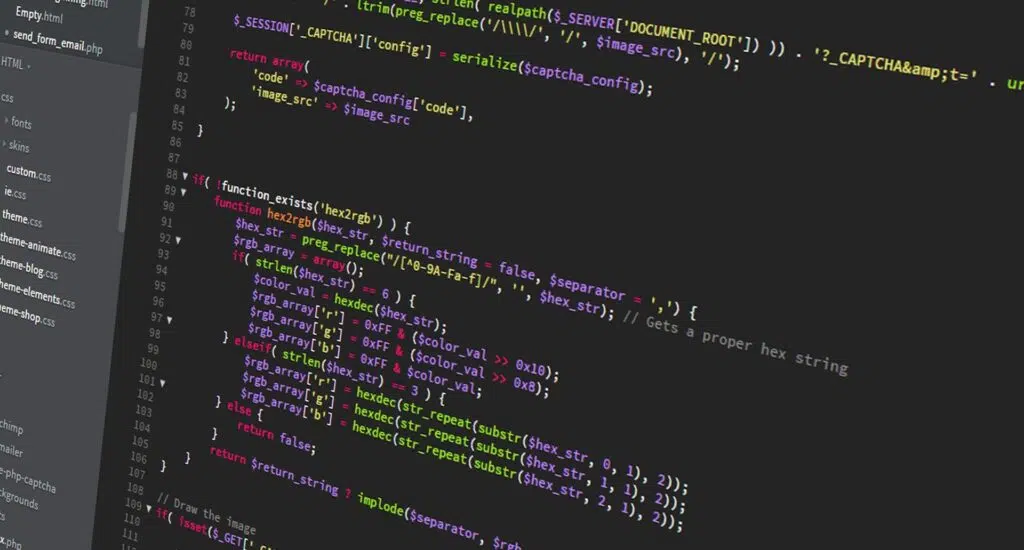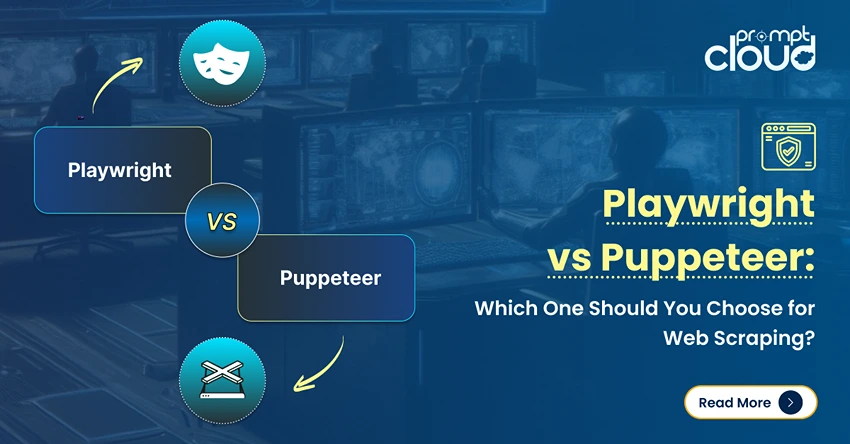
You must have heard a lot about data mining and machine learning on the internet, in market trends, and newspapers but very few people know what exactly is data mining. We are drowned with the data. It’s like we’re having so much data and we’re not having knowledge as most of us understand data mining in a very wrong way.
If you’re doing gold mining or coal mining, you’re actually digging for the gold or coal whereas in data mining you are not digging for the data but the knowledge and insights contained in it. We have a significant amount of information and data that may provide a decision support system and some useful insights about patterns and behaviors so people can use it.
A huge amount of data is available now and statistics show that the data produced in the last two years is more than the total amount of data produced in the entire last century. So where is this data coming from? This data is coming from different platforms to which you are connected like social media platforms, e-mails, internet browsers, e-commerce platforms, and almost everything that you use every day. You log in to social media platforms like Facebook, Instagram, Twitter, etc and you’ve been using the internet for different purposes which generates a huge amount of data that reflects your mindset.
You put your opinions about trends, you read about different topics, you search for different queries, you buy something from e-commerce platforms or you review a product positively or negatively – and all that is stored in the form of data which contains a lot of knowledge about your personal preferences, choices, likes-dislikes, inclinations, shopping behavior, and lifestyle.
Data mining is basically discovering hidden patterns from already available data which is stored in the form of hard copy, soft copy, or online records. Extracting knowledge from this data can make decision making effective for a business, government, or yourself.
In this article, we will discuss multi-dimensional aspects of data mining like what kind of data you can mine, what kind of pattern can be mined, what are different techniques of data mining, and what are the major concepts of data mining that everyone should know.
The evolution of data mining and science
To understand how data mining has evolved over time, you need to take a look at the evolution of science. Before 1600, we had empirical science. From 1600 to 1950 we talked about theoretical science where we opinionated lots of theories, laws, and models, later on, we developed a completely different pattern of scientific research, what we call computational science. Now we compute patterns, we compute data and we provide models based on the knowledge extracted out of huge pools of data.
Around 1990 we entered an era of data science when we started to delve deep into data mining, and data warehouses with an intention to track the behavior of people. We had lots of information, and lots of data coming and this led to a serious question of whether we can use this huge amount of data to improve productivity and innovate new theories and science?
The growing power of computer science stimulated the process of data collection and its storage with the power of automatic data processing, neural networks, clustering, powerful algorithms, decision trees, and other discoveries. In 1990, the term “data mining” was first coined in the database community and then financial communities, businesses, and retailers started to use data mining techniques to analyze patterns and forecast trends to improve sales and predict customer demand.
What exactly is a data mining
If you’ve ever been panning for gold, you’ll know that it takes a lot of time and effort to find even a small nugget. It’s estimated that to extract enough gold to make a single gold ring, you’d need to sort through around twenty six tons of rock and other stuff. That’s a lot to sift through. The same thing happens when some business or an individual mine for data, the difference is instead of gold we get insights and the process of panning is performed with the help of algorithms.
Organizations are storing, processing and analyzing data more than at any time in history, and that trend is going to continue to grow. The concept of data mining is growing in popularity in the realm of commerce, business activities, and in general but it’s kind of a misconceived or misunderstood topic.
Data mining is basically knowledge discovery from already available data. Usually, this knowledge is not trivial but when you look at patterns you know how a certain set of data can be analyzed and interpreted into knowledge, insights, and pattern predictions.
Data mining is the process of extracting valuable information from large datasets, and it’s used in a variety of industries, from marketing to health care. And it can help businesses to make more informed decisions. Fundamentally, it is all about processing data and identifying patterns and trends in that information. And when we think about the evolution of things like data warehouses, and when we think about things like just the sheer volume of data, big data.
At present time all that we have is data, which is becoming more powerful and abundant with each passing minute. Every time you swipe your grocery card when you try to get a discount for buying whatever products, on most transactions you do there is some sort of data being downloaded to a database.
Data continues to grow, for instance, social networking platforms like LinkedIn, Twitter, and Facebook are growing exponentially and we have a huge amount of data to describe people, what they do, what they like, who they are, when they’re out, buying or doing whatever. There’s data gathering and data capturing and the way to extract strategic information from that data is data mining.
Data mining is the incorporation of quantitative methods or mathematical methods that may include equations, algorithms, and methodologies like traditional logistic regression, neural networks segmentation, classification, or clustering.
Data mining is applicable across industry sectors. With these techniques, any organization can analyze the data mining and extract actionable information to fine-tune their processes and increase productivity and efficiency.
Data mining techniques have rapidly accelerated over the last couple of decades. We need to process so much of this data and turn it into useful knowledge.
Why data mining is important
Data mining can help you to make predictions about future trends. By analyzing past data, you can build up a picture of how things might develop in the future. Data mining can also help you to identify relationships between different pieces of data that you might not have been able to see before.
For instance, you might see that there is a correlation between the amount of time somebody spends on your website and the likelihood of them making a purchase.
What are the different steps of data mining
- Step one: First you need to set objectives. And this is where data scientists and business stakeholders work together to define a business problem that data mining will be applied.
- Step two: With the problem defined with the scope defined, we move onto step two, which is data preparation. This identifies which set of data it will help answer these pertinent questions to the business that we set in step one. Now, there’s more here than just identifying the data. We also need to clean it, removing any noise, such as duplicates, missing values, and outliers.
- Step three: In stage three, we focus on applying the data specifically through data mining algorithms. We’re looking here for interesting data relationships and applying deep learning techniques.
- Step four: Then finally, step four is evaluating results. So this is really interpreting results that are valid, novel, useful and understandable.
Different techniques of data mining
Let’s talk about some of those data mining techniques that make up stage three (applying the data specifically through data mining algorithms) here. Data mining is a combination of various algorithms and data aggregation tools to summarize large pools of data into actionable and useful information. There are many techniques and methods that are incorporated in data mining, here are some of the most popular:
Association: It is kind of the most straightforward technique of data mining. Association is rule-based, and it’s a method for finding relationships between variables in a given dataset. You make a simple correlation between two or more items, often of the same type, to identify patterns.
So, for example, when tracking people’s buying habits, you might identify that a customer always buys cream and then they tend to buy strawberries. And therefore, you could suggest that the next time they buy strawberries, they might also want to purchase the cream.
Classification: All the classification does is this build up the idea of the type of customer or the type of item or the type of object by describing multiple attributes to identify a particular class.
So, for example, you could easily classify cars into different types like sedans, 4×4, and convertibles, and you could do that by identifying different attributes like the number of seats or the shape of the car. Then, given a new car, you can apply it to a particular class by comparing the attributes with our known definition.
Clustering: Another useful technique is clustering. Now, clustering enables you to group individual pieces of data together to form a structure. Correlating the data instances with other examples so you can see where the similarities and the ranges agree.
Neural Networks: There are a number of deep learning techniques utilizing artificial neural networks as well that we can use to form things such as predictions. By analyzing past events or past instances, you can make a prediction about an event. If the input data is labeled, a regression can be applied to predict the likelihood of a particular assignment. If the dataset isn’t labeled, the individual data points and the training set are compared with one another to discover underlying similarities- clustering them based upon those shared characteristics.
You’ll also see things like decision trees and K Nearest Neighbor, or KNN algorithms, used here. One of the most important things to remember is that data mining techniques are not a one-size-fits-all solution, with different techniques being more or less effective depending upon your data- your business questions, and what you’re trying to achieve.
It’s often a case of trial and error to identify which method will work best for you. So data mining combines business stakeholders and data scientists in this whole process. And when done right, you can find golden insights that can be transformational for a business.




















